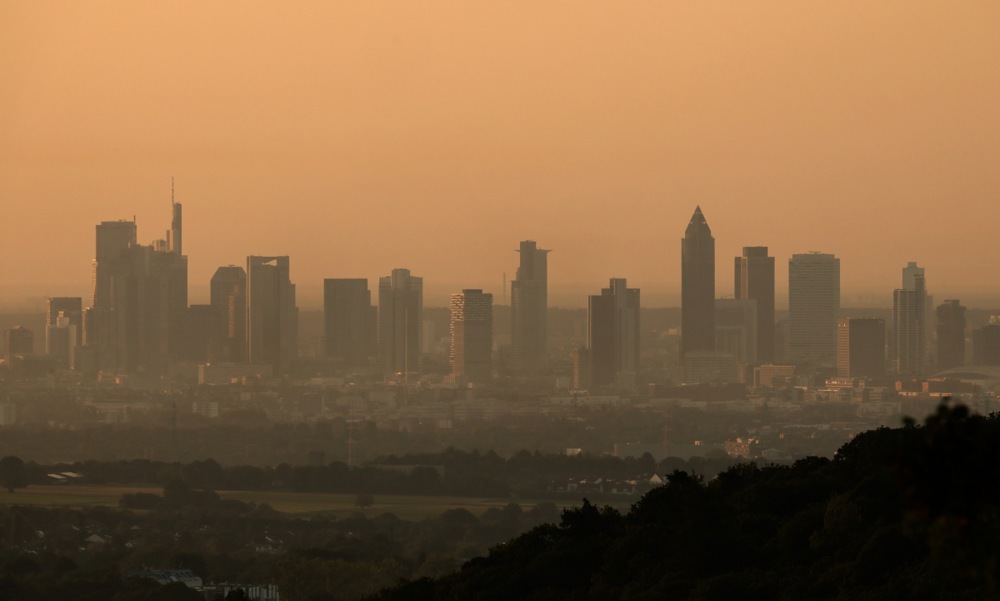Germany’s electricity system is struggling to keep up with rising industrial demand and fluctuations from renewables output.
That is according to the latest report by the Berlin-based Centre for European Policy (CEP).
Germany is planning to build new gas power plants to prevent blackouts this winter but the CEP says this is only a temporary solution. The country will need more ways to store electricity and adjust supply to keep up with growing demand from factories and other industries, it says.
Factories are switching from machines powered by gas, coal, or oil to electric machines, and at the same time, Germany is producing more electricity from wind and solar. The problem raised by the CEP is that wind and sun do not always provide power when it is needed.
Its report says electricity cannot easily be imported from other countries either, because power lines between nations are limited.
The question of whether Germany can rely on imports and stored gas this winter is already raising concerns.
According to the Berlin-based industry association INES, Germany begins the 2025/26 heating season with gas reserves at 75 per cent, lower than in previous years. INES says there is enough gas under normal conditions but an extremely cold spell could bring reserves close to empty by mid-January.
Other analysts, though, note that the country is unlikely to face actual shortages, even in a very cold winter, because a large part of domestic demand can be met through imports.
The situation is tense because storage levels are lower than expected, past consumption has been high and filling gas storage facilities across the EU has been slower than usual.
Moreover, Deutsche Bank research from September says that overall electricity use in Germany may rise more slowly than expected over the next five years.
While data centres, electric cars and heating will increase demand, the bank is sceptical that industrial processes alone will drive a significant, lasting rise, as high costs and international competition could push some production abroad.
The CEP report says the system today pays only for electricity that is actually produced, which does not encourage storing electricity for later or adjusting usage when supply is low.
That makes Germany rely more on backup plants, such as the new gas-fired units planned for the winter, it says. These gas plants can only cover short-term gaps and cannot solve long-term challenges caused by increasing electricity demand from homes and industry.
CEP simulations show that investing in energy storage and flexible solutions — such as batteries that can store power for hours or technologies that can shift demand to times of higher renewable output — would help balance fluctuations from wind and solar.
Expanding these options would also reduce dependence on fossil fuels and make the electricity system more resilient and cost-effective over time, it says.
According to Brussels-based think-tank Bruegel, Germany is not alone in facing these challenges: Electricity planning across Europe is fragmented and countries often do not co-ordinate their capacity efforts, it says. In some regions, extra power plants are being built unnecessarily, while in others shortages loom.
The Bruegel study suggests integrating different technologies, improving storage, and using the electricity grid more efficiently across borders could prevent gaps in supply and make the system more reliable.
For Germany, it says, that means solving the electricity crunch risk is not just about new power plants at home but also about working with neighbouring countries, connecting grids more widely and making “smart” use of storage and flexible solutions to keep the lights on when the wind does not blow and the sun does not shine.





